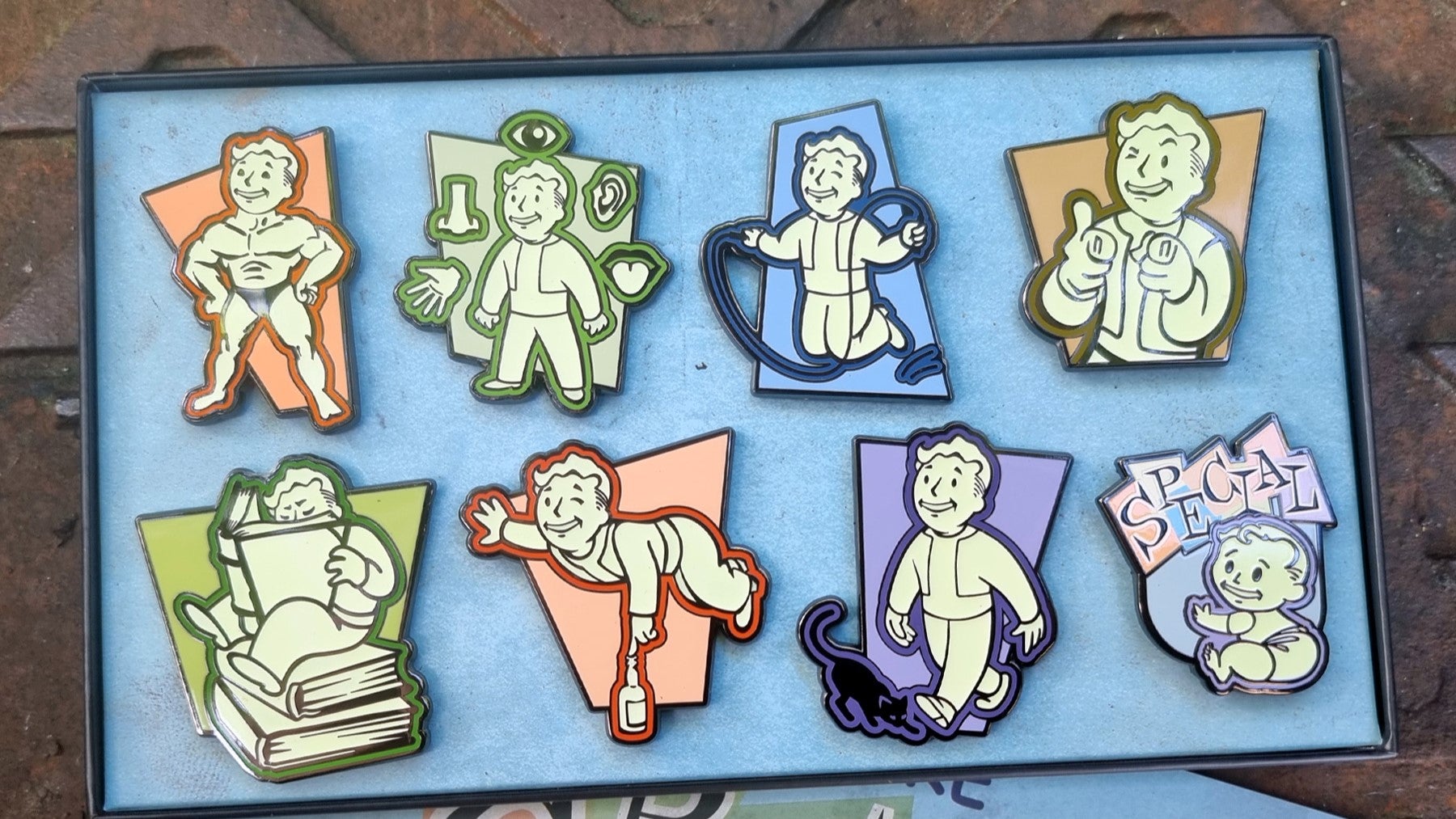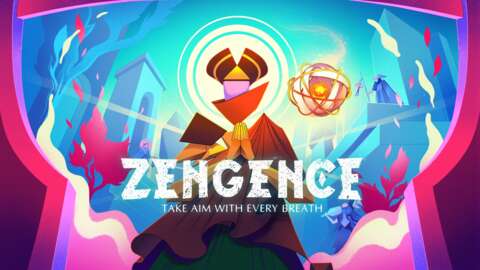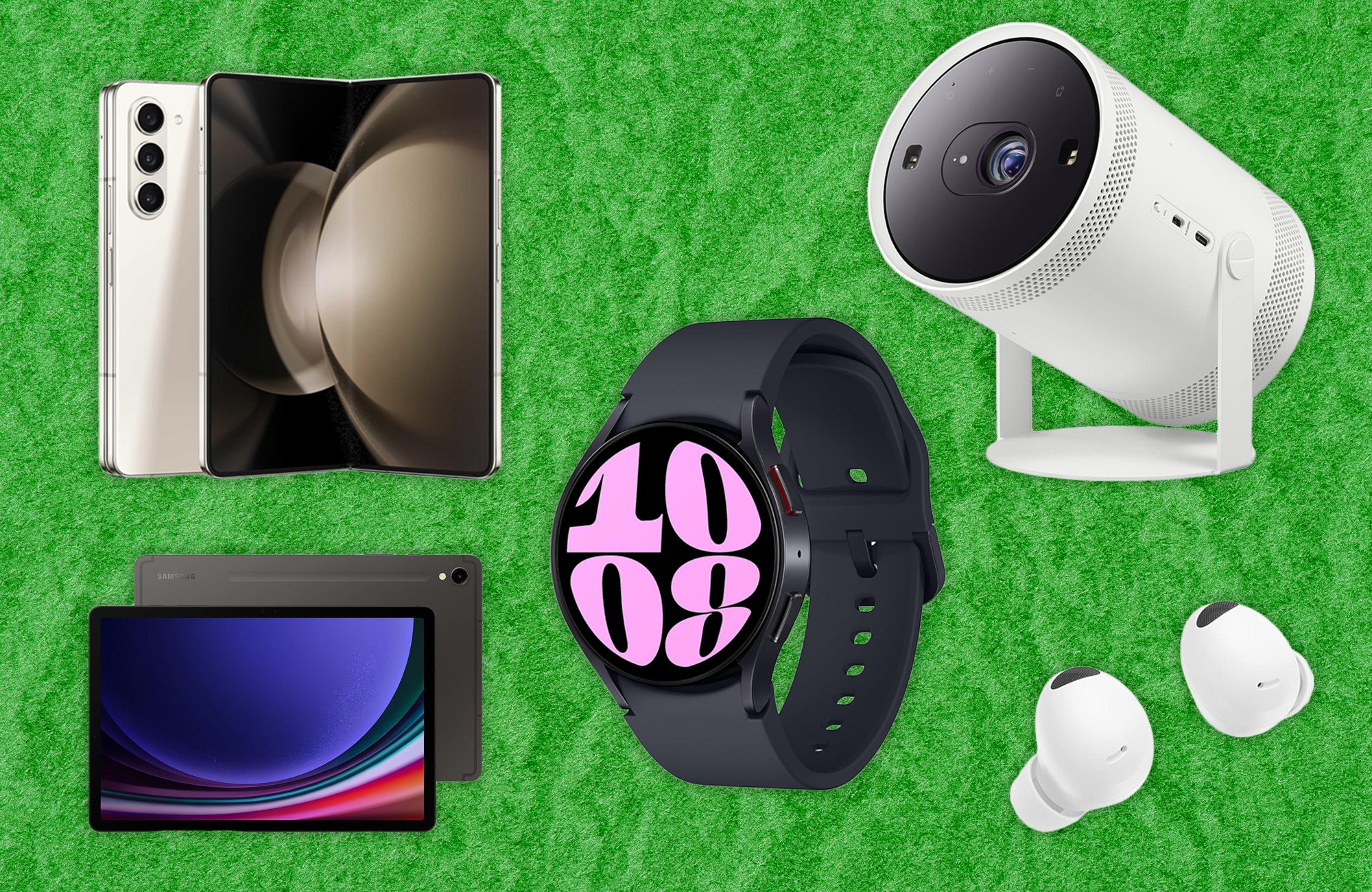NEC’s PC Engine platform is nothing if not a story of highs, lows, and some confusion. With more than 7 million consoles and handhelds sold from late 1987 to late 1994, but only around 10% of that total in the US as the TurboGrafx-16, the PC Engine platform has a lot of systems to choose from, as well as multiple types of add-on cards that update both the BIOS and available RAM required by select CD-based games. There's even a failed backward-compatible update to the base PC Engine known as the SuperGrafx, with enhanced memory and video processing, but only five exclusive dedicated games.
Working through all of this confusion is worth it, however, as it's an amazing video game platform, with more than 675 commercial releases, not counting modern-day homebrews. There are many all-time classics in its library like Bonk's Revenge, Bomberman '94, Dracula-X: Rondo of Blood, Ys Book I & II, Alien Crush, Military Madness, Splatterhouse, and enough great shoot'em ups that you might make "shmups" part of your vocabulary.

With the release of the Analogue Duo, you no longer have to work out the best way to play the entirety of the PC Engine library. Whether it's a HuCard cartridge or CD, or designed for the TubroGrafx-16, PC Engine, SuperGrafx, TurboGrafx CD, PC Engine CD-ROM2, or Super Arcade CD-ROM2 specifications, the Analogue Duo can play it. While not necessarily as flexible as software-based emulation, the Analogue Duo’s FPGA-based design effectively simulates the functionality of the original hardware chipsets with near 100% accuracy, at least in theory.
As a reasonably satisfied owner of the Analogue NT Mini, Mega SG, Super NT, Pocket, and DAC, I had high hopes for the Duo. Fortunately, I wasn't too disappointed, as it's arguably just a few firmware updates away from being Analogue’s best console yet.
Analogue Duo - Design and Features
The Analogue Duo is available in an off-white to match the original PC Engine, or black to match the TurboGrafx-16. It sports a sleek, streamlined design reminiscent of the PC Engine Duo or TurboDuo.
While the original TurboGrafx-16 was released with a lot of extra plastic to increase its size, purportedly because the US market preferred bigger systems, the PC Engine is among the most compact consoles ever released at 5.5 inches for both its width and length. Since the Analogue Duo packs in both a CD drive and lots of extra ports, it's not quite as compact, but still an impressive 6.9 x 10.5 inches in length and width, respectively, and just 1.36 inches high, besting even the PC Engine's 1.5 inches. Despite that size, the Analogue Duo has some heft to it at around 1.69 pounds, and feels especially stable thanks to the rubberized design on its underside.

On the front of the unit is the light-up power button, HuCard slot, CD eject button, and CD slot. To the left is a PC Engine miniDIN controller port, 3.5mm audio jack, volume wheel for the audio jack, wireless controller pairing button, and controller indicator lights. On the rear is a USB-C power port, two USB-A ports for direct controller connection or controller charging, HDMI port, and an SD card slot.

Video output supports 480p, 720p, and 1080p (native), with both NTSC and PAL signals. Audio output is 48KHz 16 bit. Thanks to its original-style PC engine controller port, USB ports, and Bluetooth, controller options are virtually unlimited. These controllers include Switch Pro, Wiimote, Xbox One, PS4, Turbo Mini, and many more, including the popular 8BitDo line of retro-style controllers.
The optional two button 8BitDo PCE 2.4g wireless controller is what Analogue promotes on their own site, and is available in both black and white, with the latter not quite matching the creamier coloring on the Duo. It's a little disappointing the PCE controller uses the antiquated microUSB charging standard, but that's hardly a dealbreaker.
The PCE controller itself is accurate to the look and feel of the original PC Engine gamepad, but in a streamlined package and without adjustable turbo switches. l found the PCE gamepad to be an ideal fit for most of the games I played. Even better, no dongle is required as the Analogue Duo supports up to four wireless 8BitDo PCE controllers. A fifth controller can be connected via the miniDIN or by using an original Multitap device, although the Duo does not support mixing a Multitap with wireless or USB controllers.

While it would have also been nice to have a six button controller as the officially endorsed option, the fact remains that fewer than 20 out of well over 600 games make use of one. With that said, fighting game fans in particular will likely want to invest in just such a controller option at some point for games like Street Fighter II: Champion Edition and Fatal Fury Special. Of course, for those games, modern controllers are also a great alternative, and having that option is a testament to the Duo's versatility when faced with the PC Engine platform's diversity.
Analogue Duo – Setup and Software
Besides the console, Analogue includes a USB-C to USB-C cable, worldwide USB AC adapter, and an HDMI cable. There’s no controller included in the box, so you'll need to supply one from the many possible options.
When you first start the Analogue Duo, you're given the option of a guided setup. It recommends adding an SD card, not included, for the best experience. Although technically optional, use of an SD card is the only way most of the Analogue OS features, including save games, work. As such, like purchasing a controller, it should be considered an additional expense should you not already have one available.
With an SD card, you also have access to the Memories feature. Memories allows you to capture Save States, which saves a snapshot of your exact place in a game to resume later, and screenshots. Capturing a Save State during gameplay is a simple matter of holding the controller Home button and then pressing up on the D-pad. For original controllers, the same action requires holding up on the D-Pad and then pressing Select. Unfortunately, Save States only work with HuCards, not CDs, but it’s a nice feature as typically the only way to save your place on cartridge games, assuming it even offered the option, was entering a clumsy passcode.
The original CD-ROM2 upgrade and later combination consoles did add a dedicated 2KiB RAM for saving certain CD games and select HuCards. The Duo goes one better by providing an exclusive 2KiB RAM space on the SD card to any game that supported it, as well as the ability to transfer this backup RAM to a classic system via an original Ten no Koe 2, Backup Booster, or Memory Base 128 device.
For screenshots, hold Home and Start. It’s a nice option in theory, but since they're captured in the game's original resolution on the SD card (256x239, for example), screenshots can be quite small on modern displays without manual resizing.
Every time you play a Hucard or CD it recognizes, the game automatically gets added to the system's Library, showing the date added and total playtime. Pressing Select on the controller cycles Library views, while pressing left and right on the D-pad cycles A-Z or Z-A sorting, respectively. It’s a useful and fun feature, one that I hope they continue to expand upon with future firmware updates.
Display Modes simulate the appearance of original hardware displays for various PC Engine-based systems, as well as a Trinitron CRT with adjustable filters. Holding Select or Home, then pressing left or right on the D-pad, switches display modes. While I appreciated the scanline simulation of the CRT mode, the default Analogue TG16 mode remained my preference, along with no Overscan and RGB colors. For greater color accuracy compared with the original systems, Composite color mode may be preferred.
Analogue Duo – Games and Gameplay
When inserting a HuCard in the slot, it takes a bit more pressure to insert and remove than an original NEC system. There's also more wiggle room in the slot itself, but once in, there's a reassuring snap.
Once inserted, the Duo attempts to recognize the HuCard. For example, after inserting the TurboGrafx-16 HuCard of Victory Run, the Duo changes the top menu item to "Play Victory Run" and populates its Game Detail screen.
For games it doesn't recognize, like the 2023 Hucard release of Dinoforce from PCEWorks, there's no Game Detail screen and it just shows "Play Hucard." It's unfortunate there's no way at this time to add such a game to the library manually, but it may be an option in the future.
CD-based games work the same after you push the CD in the slot and the Duo pulls it in. Read times are surprisingly quick, and it's much easier now to take full advantage of the audio quality, adding new life to these older CD-based titles. As a plus, whether CD or HuCard, once you quit the game, new games are hot-swappable without powering off the console.
I did, unfortunately, have a few games fail to be recognized or even run in my mixed collection of 50 original games or so, including the PC Engine HuCards of TAITO Chase H.Q. and F1 Circus '91, both of which work fine on my original PC Engine Core Grafx II console. Hopefully, future firmware updates will continue to up the compatibility. When it works, though, it's really something special, and bodes well for Analogue’s upcoming HuCard adapter for their Pocket handheld.
Although lag is primarily dependent upon the display, I noticed no input or other delays on the Analogue Duo whether using the 8BitDo PCE wireless or original wired controllers. It was effectively the same gameplay experience I had on my PC Engine. Unfortunately, Analogue DAC support requires a firmware update that's not expected until 2024, so I was unable to test how well the Duo worked on my Sony PVM-1343MD CRT monitor.
Like most Analogue systems, there will inevitably be a hack or two to run games off the SD card and perhaps even run software from other platforms. For most people, though, the out-of-the-box experience with official firmware updates is all they should ever need, particularly if they already have their favorite PC Engine platform games in their collection.
Since it's effectively original hardware, flash carts (as long as they can fit in the slot) and burned CDs should work without issue, although notably my Turbo EverDrive V1.9 clone HuCard did not. This really is a system best-suited for PC Engine platform enthusiasts with a wide range of original software.








